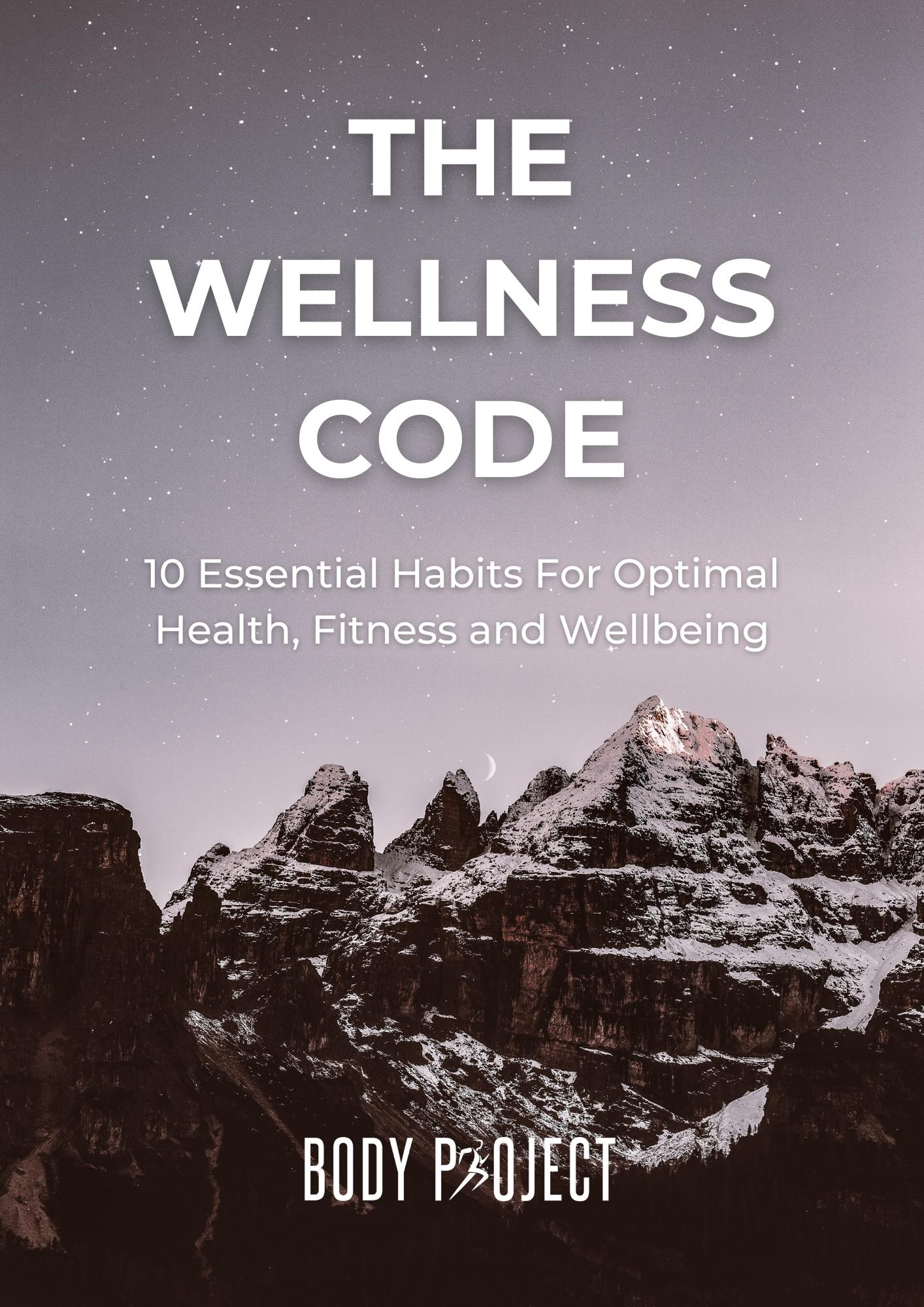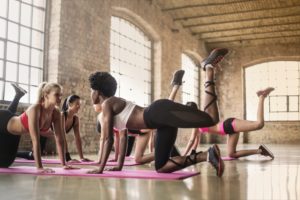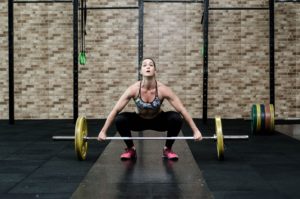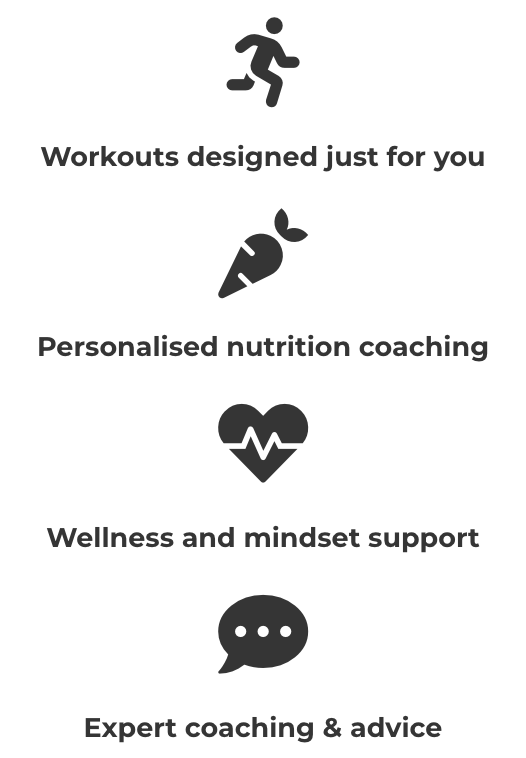Sign Up For Special Offers & Exclusive Content
Glute training (and exercise programming in general) is part science, part art. It's important to take a considered approach to training.
Strong glutes are highly useful in a range of sports, providing power, control and stabilisation. Athletes and regular people who just want to be healthy and pain free can all benefit from exercising their glutes.
Strong glutes improve posture and gait, reduce injury, and help you look great.
Whatever your age, gender or training goal, don't miss out on the benefits of glute activation. Whether you're brand new to the gym or an experienced athlete, you can benefit from including the following exercises in your programme.
1. The Deadlift
The reason this exercise is listed first is because it's the most functional. At some point in our lives we will need to pick something up from the floor, and it might be heavy. Ever heard the phrase "Lift with your legs, not with your back"? Well, that's what a deadlift is. This movement is also highly transferable, and can be used to improve sprinting speed, jumping power, and hundreds of techniques including tyre flips and kettlebell swings.
Safe and proper form in this movement sees a neutral and braced spine throughout, shoulders slightly externally rotated, engagement in the back to stabilise the shoulder blades, with the load controlled concentrically via the glutes and hamstrings. Good technique is key, as it could be the difference between preventing/rehabilitating injury, and causing damage to your soft tissues. Here are some of my favourite deadlift variations to use in client workout programmes:
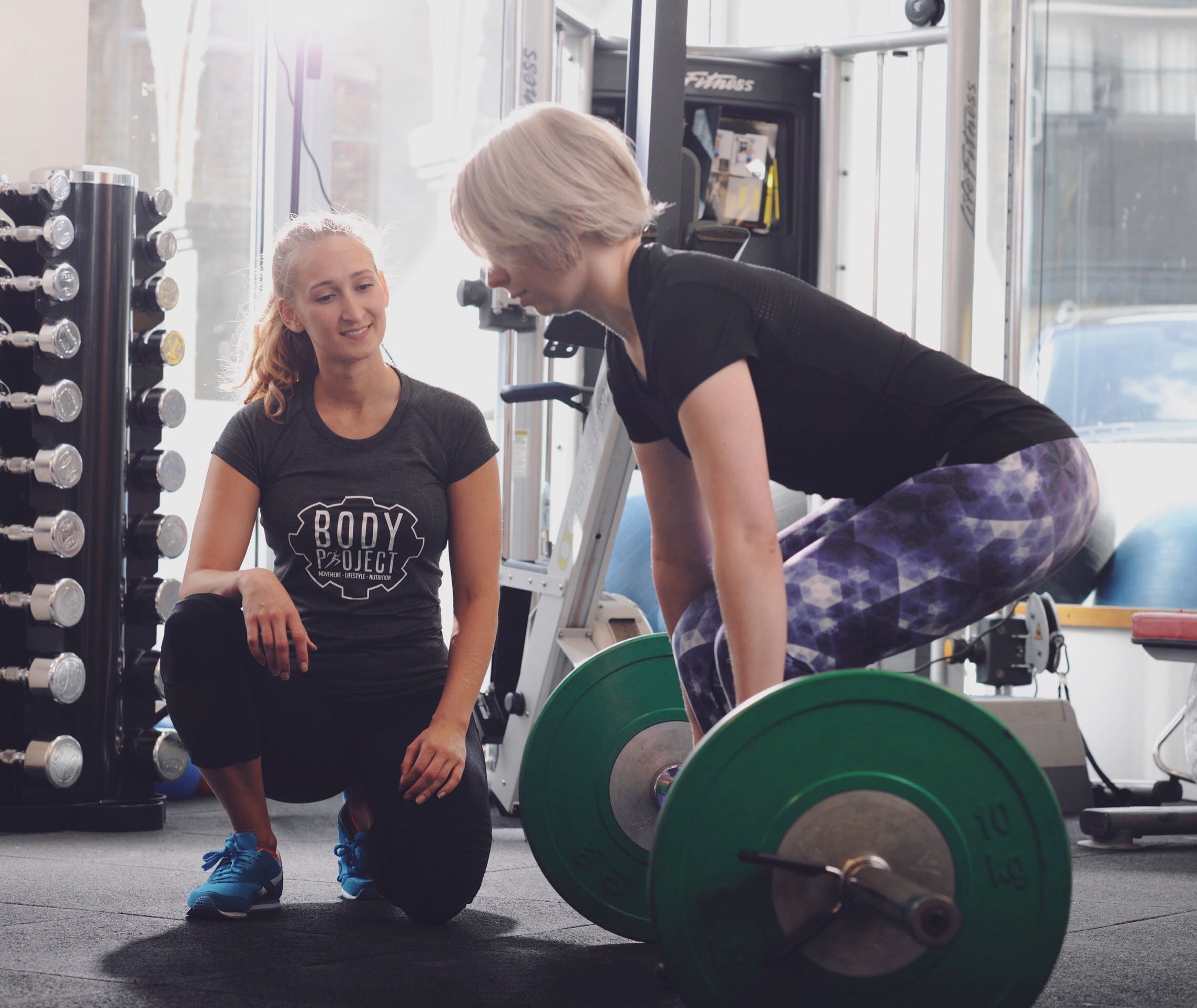
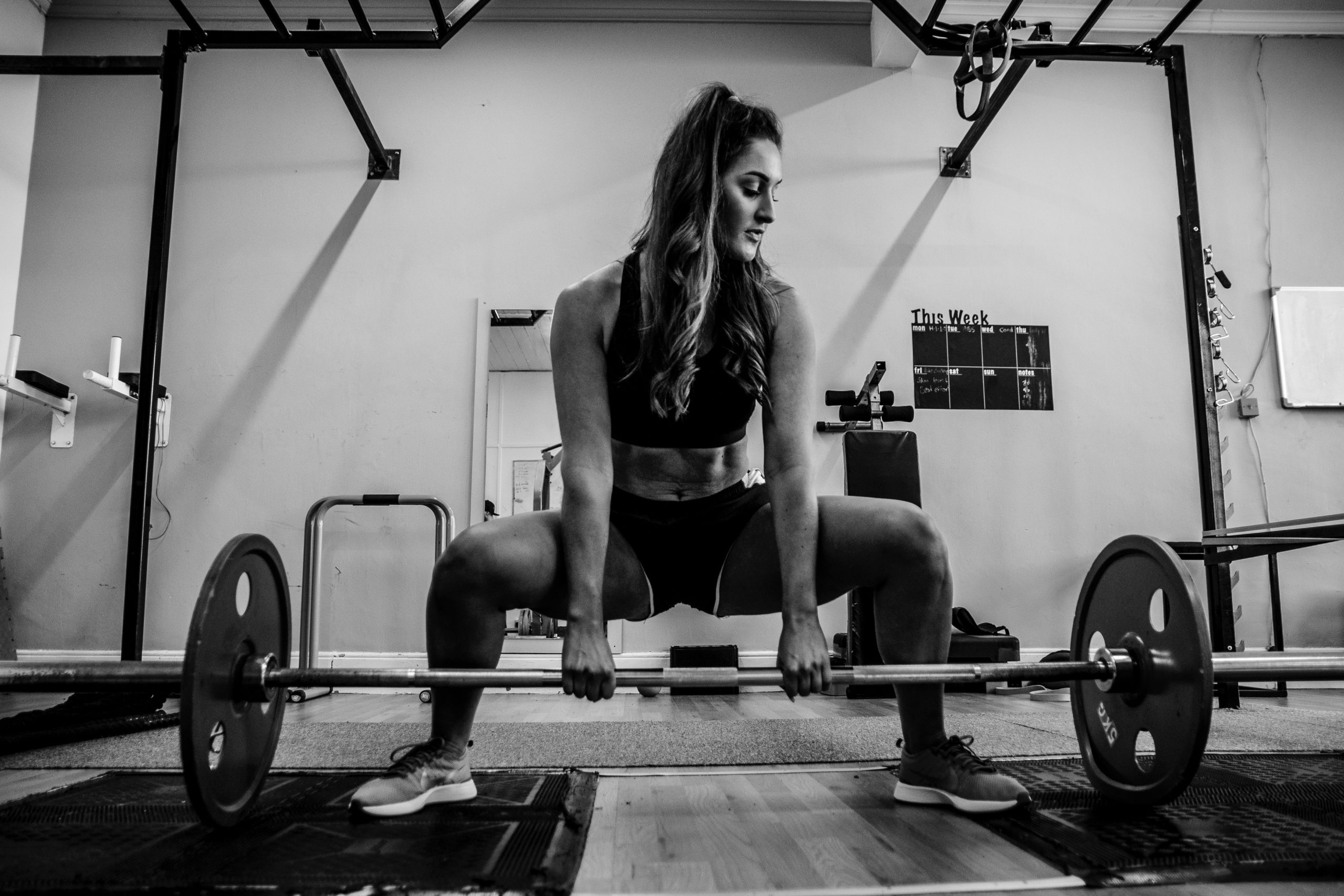
-
The Conventional Deadlift: the hips drop back and knees soften, creating a "lever" controlled predominantly by the glutes and hamstrings.
-
The Sumo Deadlift: a super wide stance with toes and knees pointing outwards, allowing for greater glute activation.
-
The Stiff-Leg Deadlift: requiring more hamstring flexibility than the traditional deadlift, the knees soften far less in order to achieve more eccentric loading through the hamstring, and a new challenge for the glutes themselves.
-
The Single Leg Deadlift: fantastic for rehab, balance and core strength goals, this movement can be loaded using free-weights, resistance bands or cables to surprising effect.
2. The Hip Thrust
This is by far the best category of exercises to activate the glutes. Research conducted by "glute guru" Bret Contreras demonstrates that the best exercise to achieve maximal glute engagement is hip thrusting. It's not the most functional exercise past a certain point, but many lifters and athletes would be shocked when they realise how little they've been engaging their glutes after just 20 good reps performed without load.
The trick with this movement is focus during time under tension. Move super slowly, ensure your hips are hyperextending at the top of the concentric contraction from all the crazy glute squeezing you're doing (you'll feel a stretch in your hip flexors if you're getting this right). It's also important to note that you should not be using your lower back as part of this movement, and so your core should be engaged and contracted, allowing your hips to maintain a posterior tilt - that means your "tail" will be tucked under as far as it will go.
- The Glute Bridge: plain and simple, flat on your back on the floor.
-
The Hip Thrust: performed with either your shoulders, feet, or both on a bench or step, allowing greater range of movement.
-
The Kneeling Hip Thrust: seated with your butt on your heels, squeeze your glutes to leave your feet and rise into full hip extension (your body will create an "L" shape with your feet behind you), before lowering back to a seated position.

3. The Squat
This popular power move is an essential part of glute training, and can engage the glutes either a little or a lot, dependent on your body type and which squat variation you choose. Contrary to common knowledge, squatting is not the best way to build a better behind, although it certainly will help!
-
The Back Squat: butt back, knees out, braced core, and neutral spine are required to perform this big compound safely.
-
The Front Squat: greater glute activation and a more upright spinal position can be achieved through holding the bar in a front rack position. You may not be able to lift as heavy as in a back squat, but your glutes will feel the benefits.
-
The Sumo Squat: a super wide stance with toes and knees pointing outwards encourages better glute activation, and greater adductor recruitment.
-
The Split Squat: not to be mistaken for a lunge, this movement is the strength-training version of a single leg squat, allowing heavier weight to be used due to the stability provided by the back foot. All the normal rules of a squat apply for the front leg (toe and knee positioning, hip movement etc), and the back foot should take a wide stance, providing support for the hard-working front leg.
-
The Single Leg Squat: a great choice for athletes in any sport who run, and for filtering out any common muscular imbalances. We generally make sure to include a unilateral (one-sided) phase of programming for our athletes every few months to keep injuries at bay.
-
The Pistol Squat: a glute-heavy version of the single leg squat that relies heavily on ankle and hip mobility, as well as quad and glute strength to reach a full range of motion with the non-working leg extended out in front.

4. The Lunge
This movement allows for complex variations to be used for wide-ranging applications. That means it offers lots of opportunities to activate your glutes from different angles. Lunges improve the strength, balance and biomechanical efficiency that come with strong and mobile glutes.
-
The Walking Lunge: can be loaded with dumbbells, a barbell, or a bungee cord if you're feeling adventurous.
-
The Lateral Lunge: requires good adductor (inside thigh) flexibility, and gets the glutes to work in what for many people is a difficult position.
-
The Reverse Lunge: a step backwards into a lunge position. Step forward to return to your start position before repeating with alternate legs.
-
The Curtsey Lunge: this move is similar to a reverse lunge, but the back leg steps right under the body, lengthening the glutes and extending range of movement.
-
The Step-Up: a fantastic booty burner that's functional and can be performed with heavy weights, or with high reps.

5. Glute Isolation Movements
We've grouped this trio of movements together, as they're a highly worthwhile, arguably necessary supplement to a training programme. These movements are supplementary, and are nowhere near as effective on their own. It's important to incorporate compound movements (see numbers 1-4) that work the entire leg, in addition to isolating the glutes themselves.
The hip can perform three main movements controlled by the glutes, and there are hundreds of ways to implement them into your training. Here's an overview:
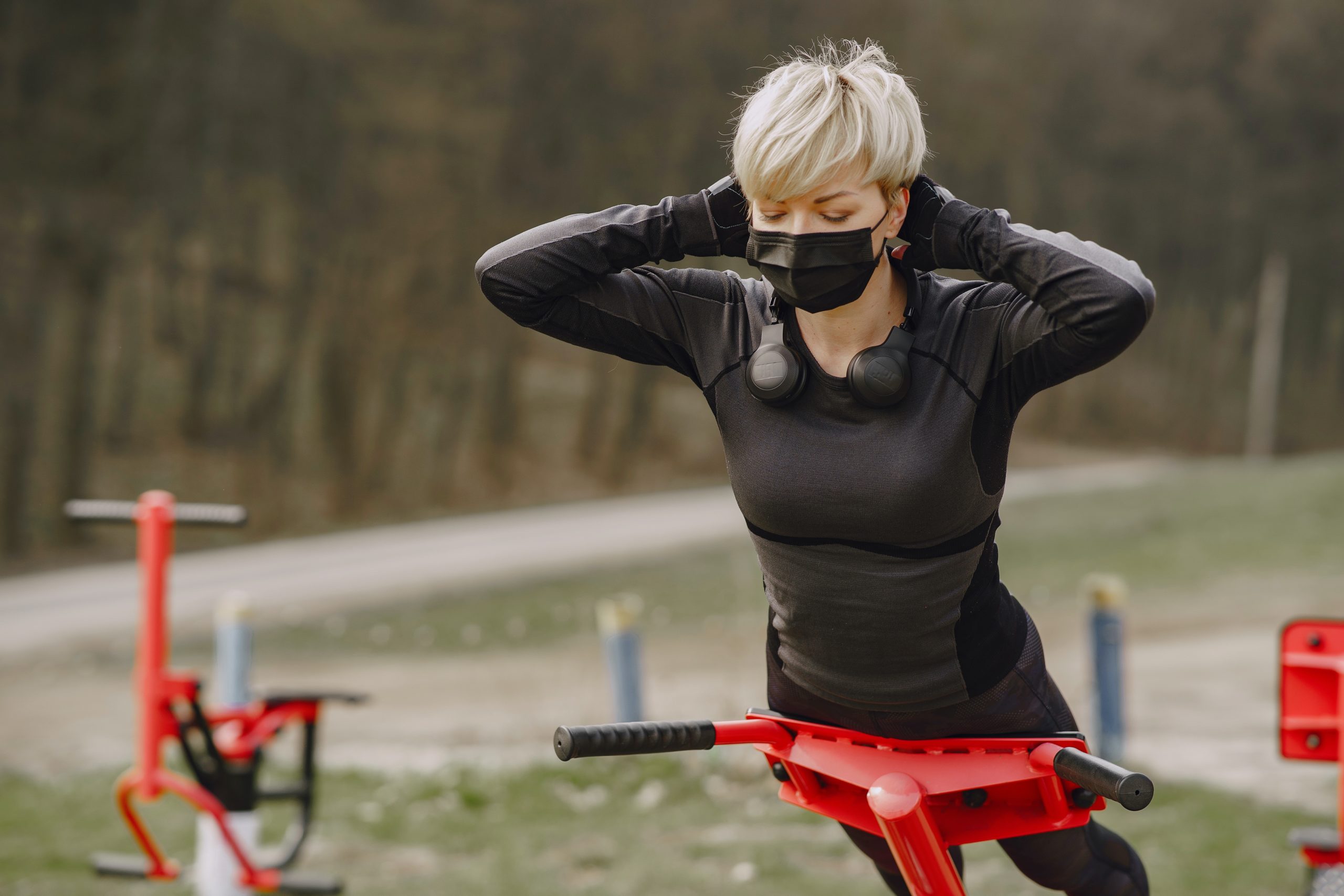
-
Hip Extension: kneeling kick-backs, cable kick-backs, and reverse hyperextensions are all great ways to get your glutes working hard at end range of motion, aka the sweet spot.
-
Hip Abduction: try side-lying leg raises, "crab" walks, or cable abductions to hit your outer glutes hard.
-
Hip External Rotation: fire hydrants, cable external rotations, and 180 degree step-and-squats work this under-practised but hugely important glute activator.
Top tip: perform these glute isolation movements either before or between sets of your big lifts to drastically improve your ability to activate and exhaust your glutes for function and growth
Get Your Free Metrics Smart-Sheet
You can identify strength imbalances in this spreadsheet by comparing your lifting data.
Enter your name and email below to gain access to this clever spreadsheet and enter your one rep max (1RM) data for various lifts to learn about your strength balance and identify areas for improvement.
Enter Your Details To Download The Smart-Sheet
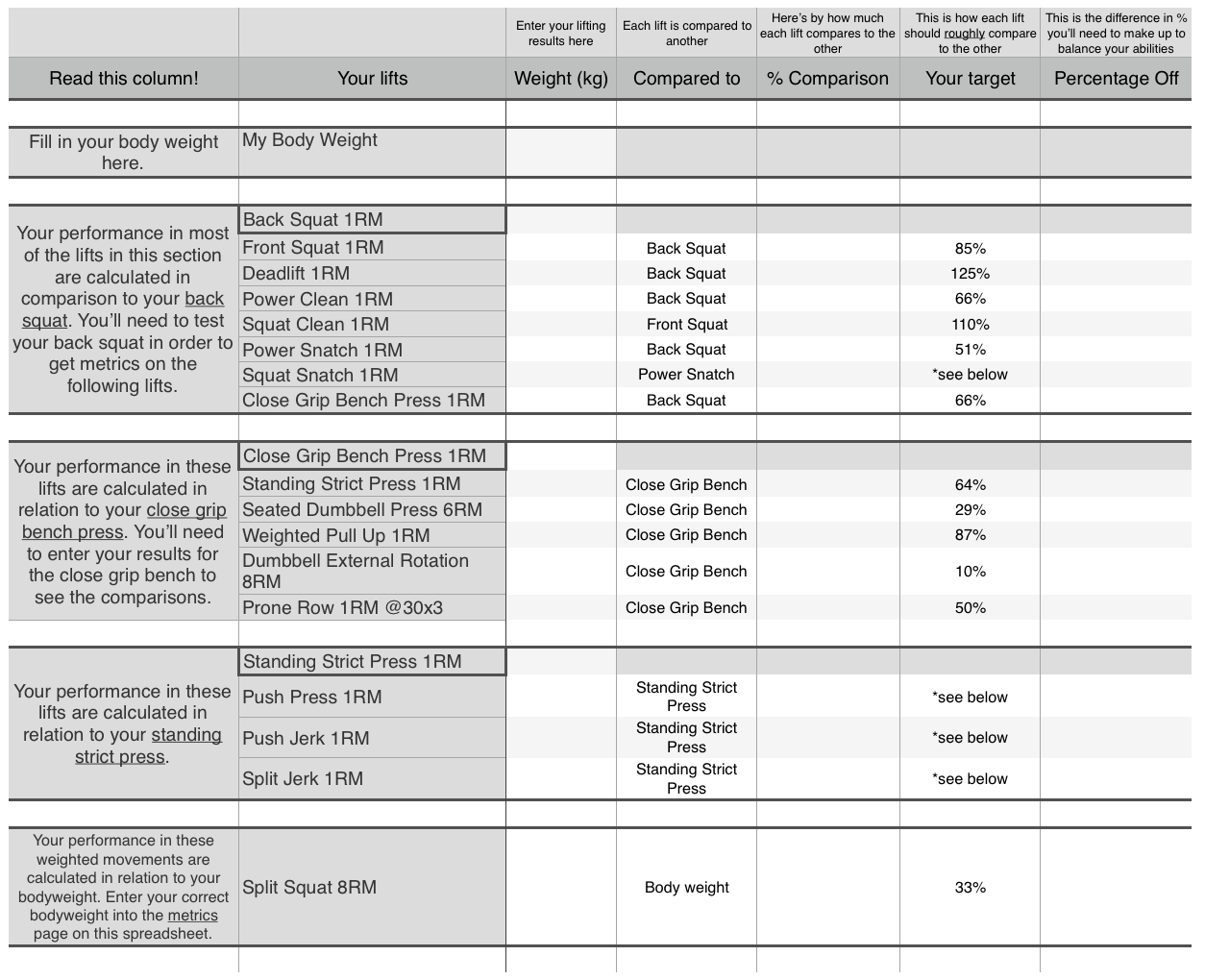
Search Posts
Free Download
Popular Posts
Discover Online PT
Read More Helpful Articles
Subscribe For New Post Updates
Receive new posts, special offers, discounts, plus exclusive content that we only send out via email.
Don't miss out!

